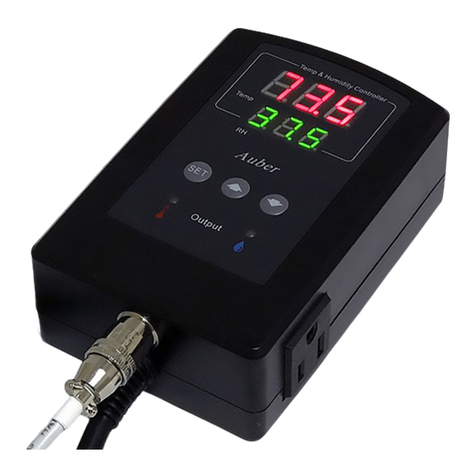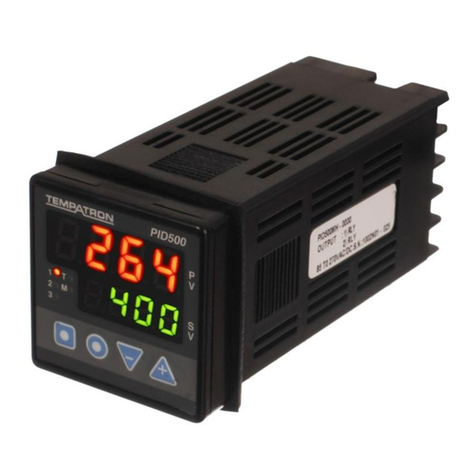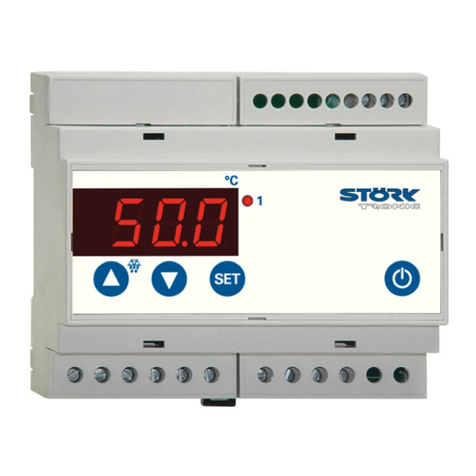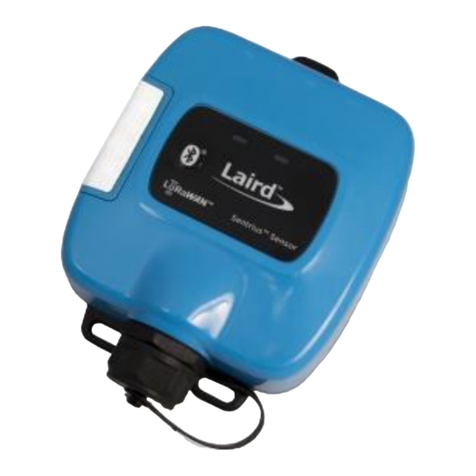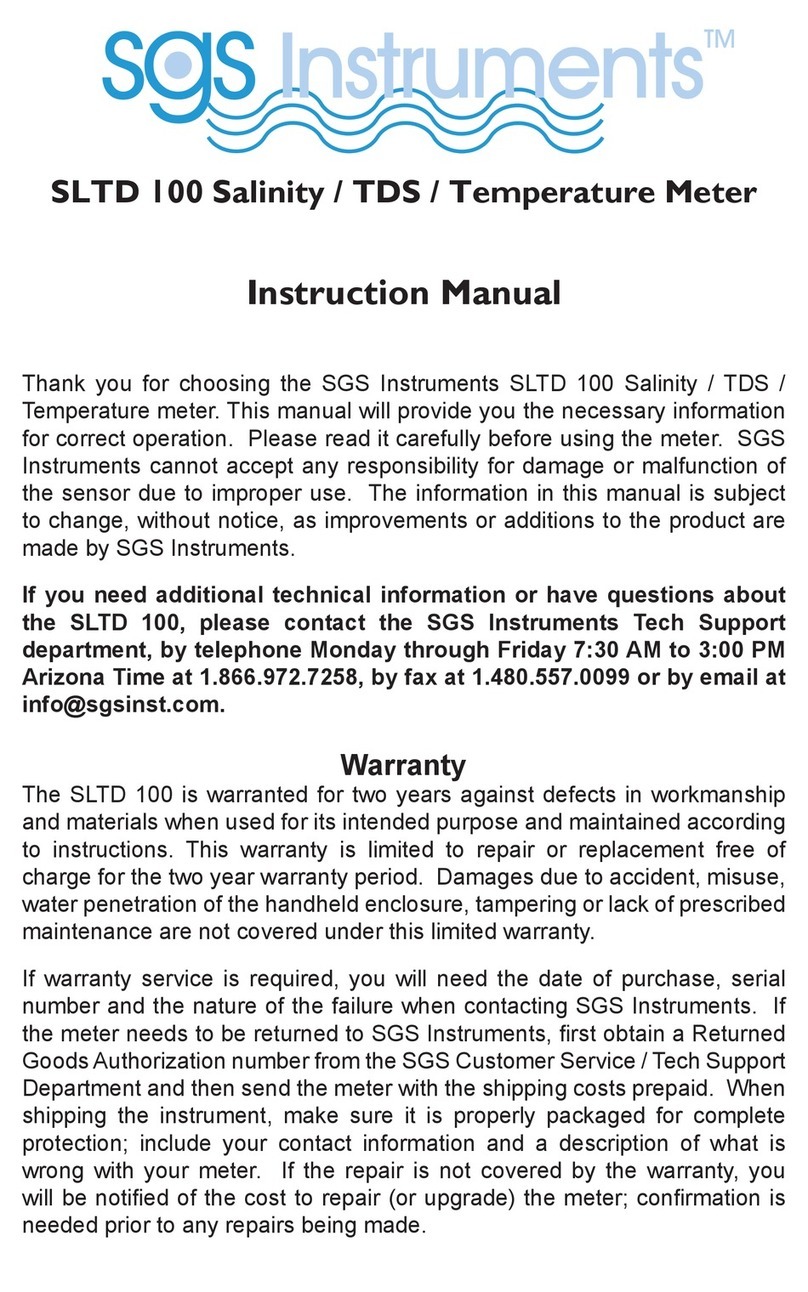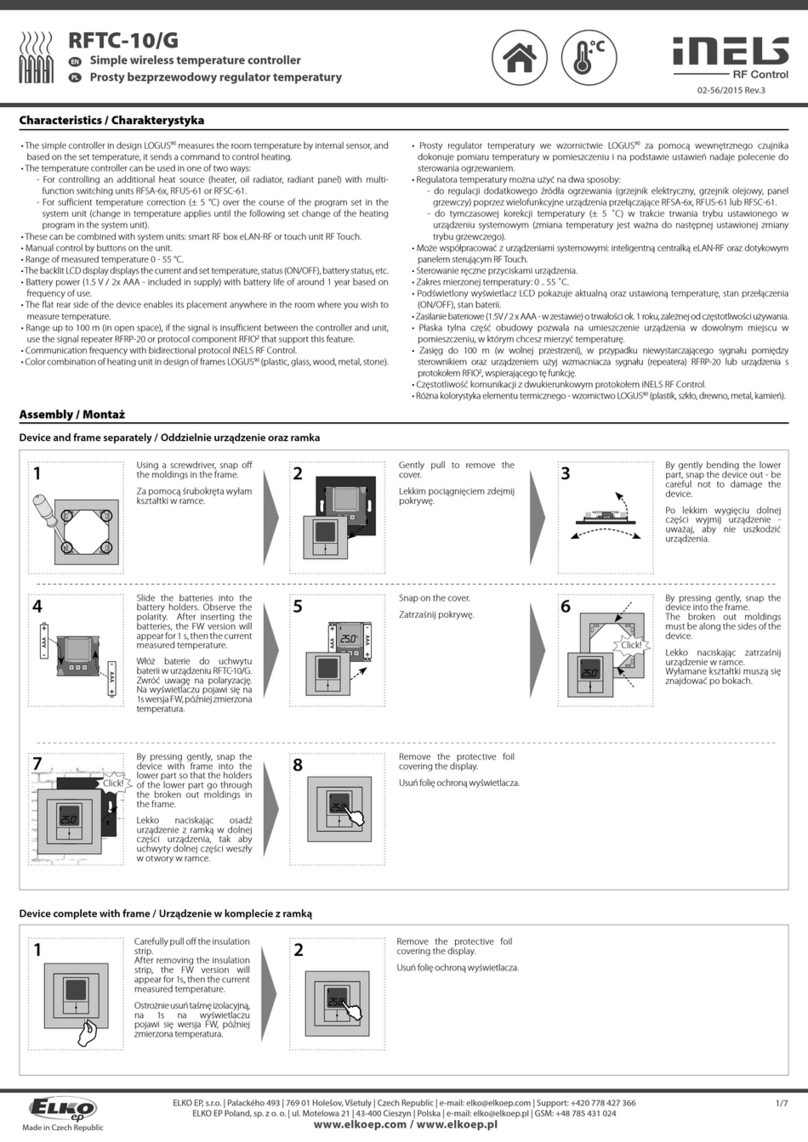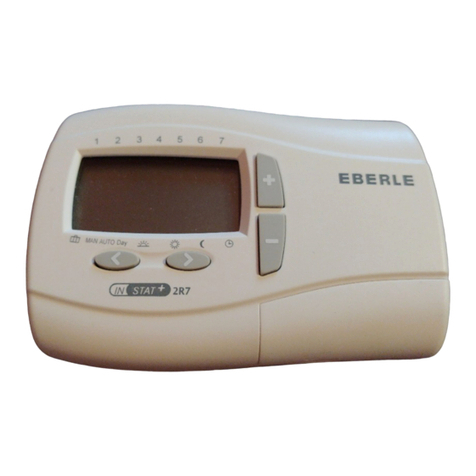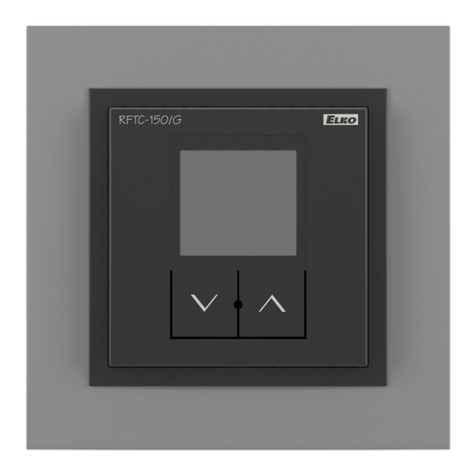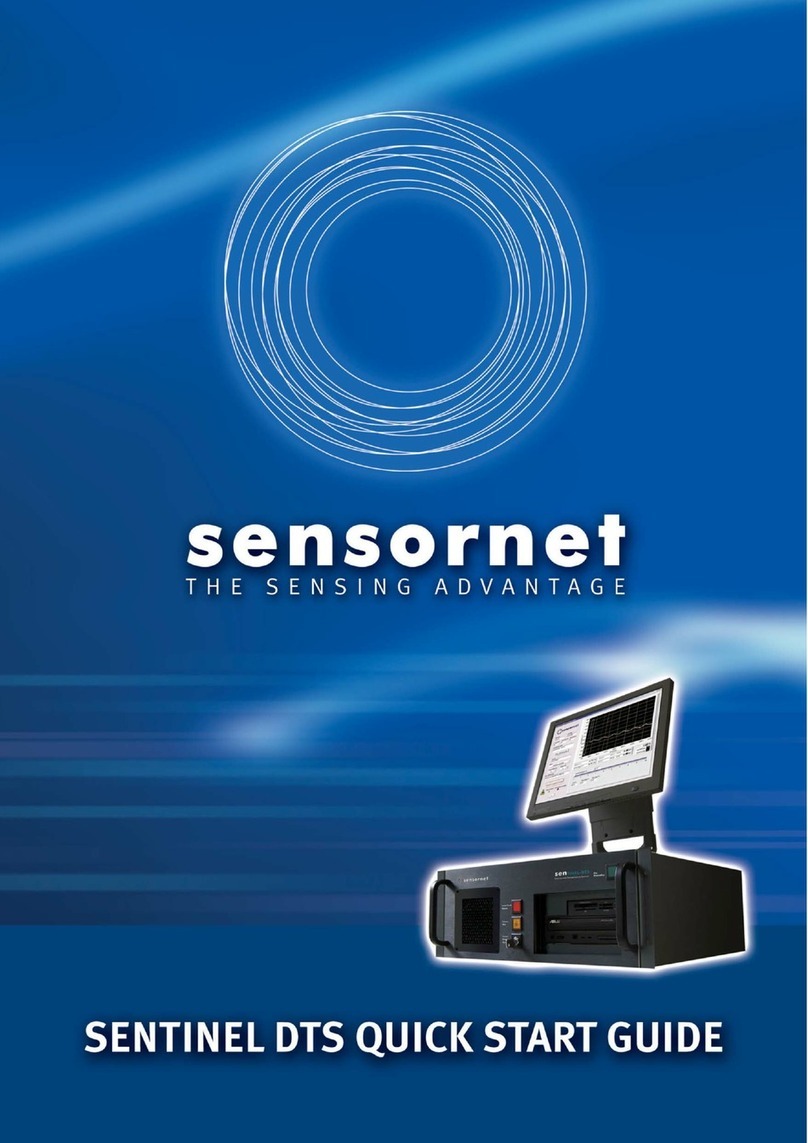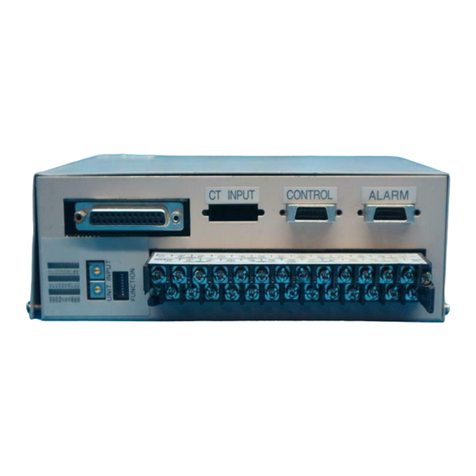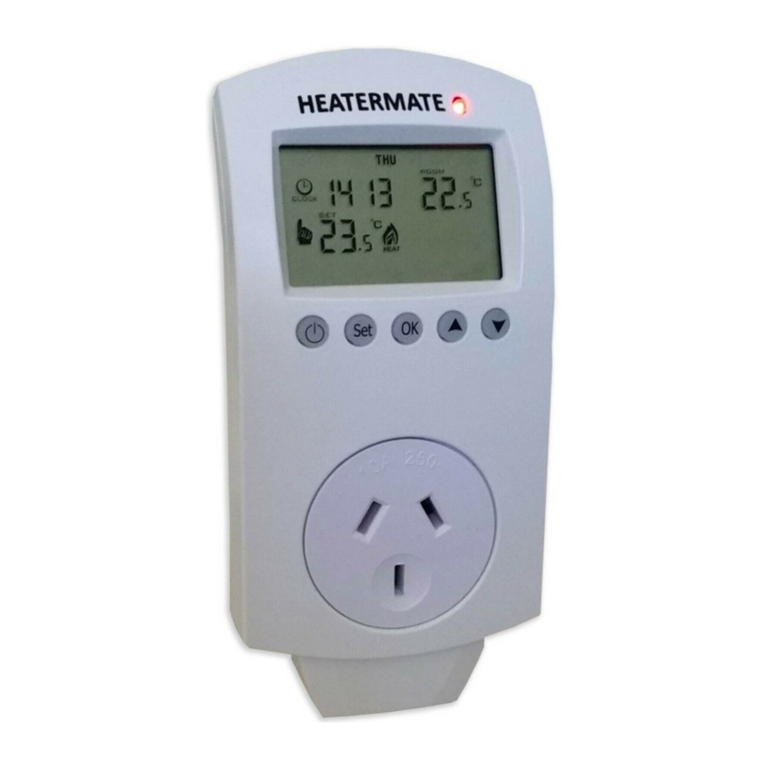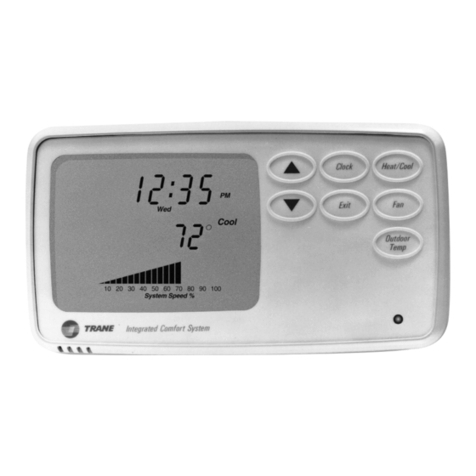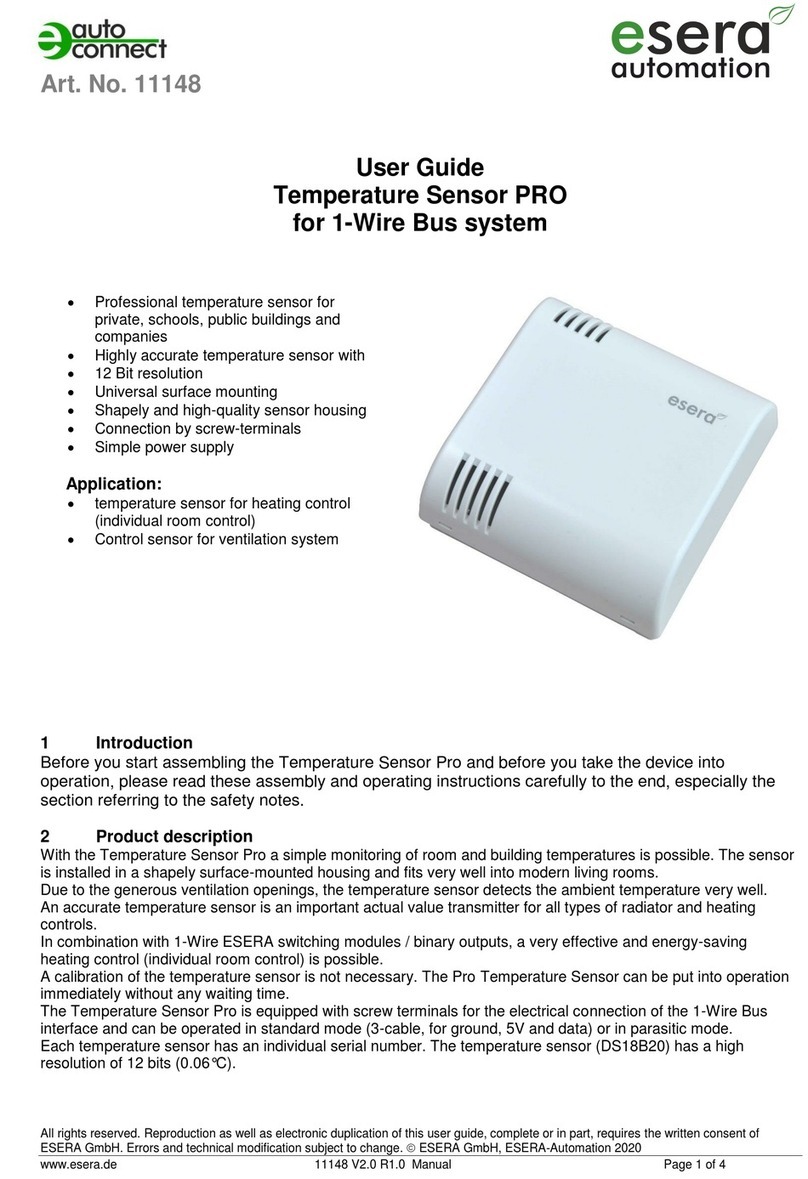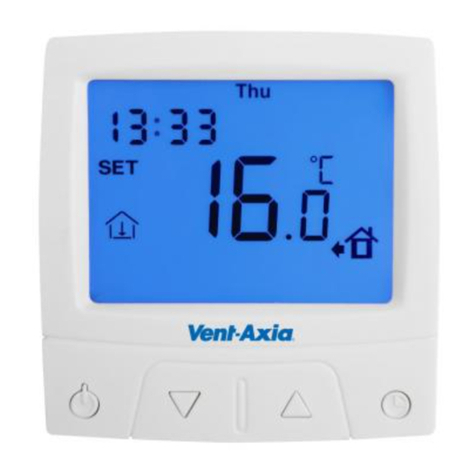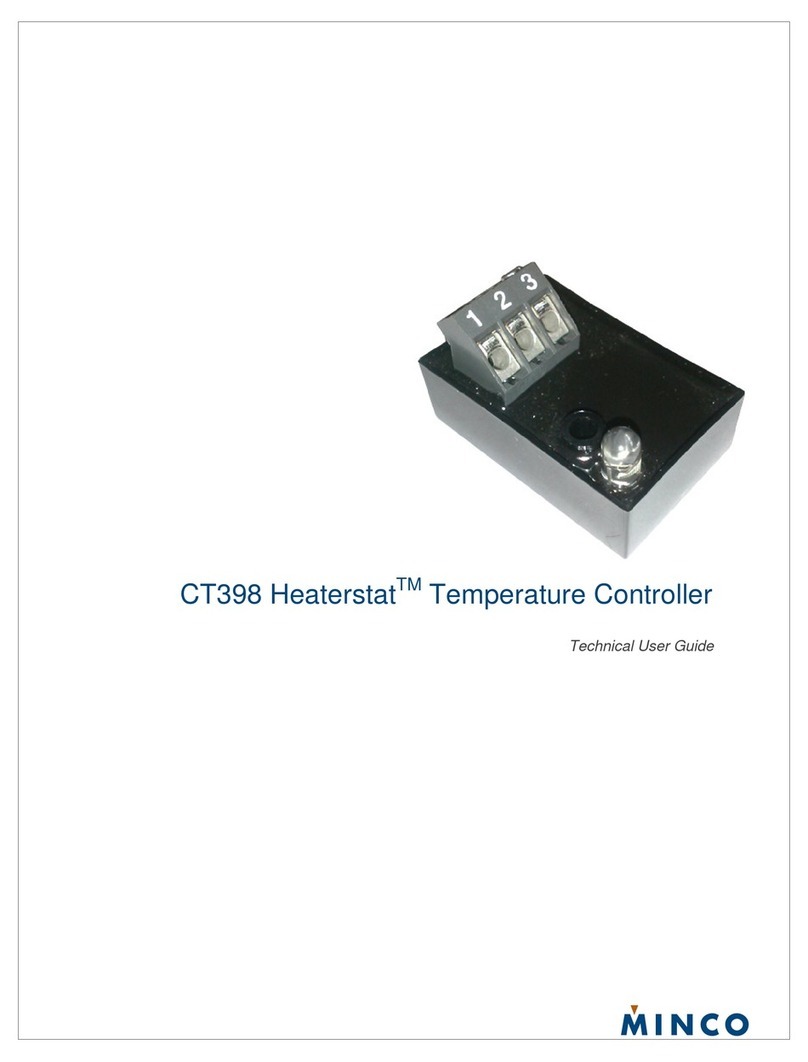Impact Subsea ISD4000 User manual

www.impactsubsea.com
Innovative Underwater Products
ISD4000
Depth & Temperature Sensor
With Optional AHRS
Installation & Operation
Manual
Revision: 1.6
Date: 09/01/19
Impact Subsea Ltd
T. +44 (0) 1224 460 850
E. info@impactsubsea.co.uk
W. www.impactsubsea.com

Contents
1.0 Introduction.................................................................................................................................3
2.0 Specification................................................................................................................................4
2.1 Unit Overview .................................................................................................................4
2.2 Unit Dimensions..............................................................................................................4
2.3 Depth, Temperature & HMRU.........................................................................................5
2.4 Communications, Power & Physical...............................................................................5
3.0 Overview.....................................................................................................................................6
4.0 Installation .............................................................................................................................7
4.1 Location............................................................................................................................7
4.1.1 Pressure (For Depth Accuracy).............................................................................7
4.1.2 Magnetic Disturbers (For Heading Accuracy)......................................................7
4.1.3 Alignment with Vehicle (For Pitch/Roll Accuracy)...............................................8
4.1.4 Heat Sources (For Temperature Accuracy)...........................................................8
4.2 Mounting .........................................................................................................................9
4.3 Electrical .......................................................................................................................10
4.3.1 Connector Pin Out..............................................................................................10
4.3.2 Power..................................................................................................................11
4.3.3 Serial Interface....................................................................................................11
4.3.4 RS232 Wiring.....................................................................................................11
4.3.5 RS485 Wiring.....................................................................................................12
4.3.6 Establishing Communications............................................................................13
4.3.7 Connector Mating...............................................................................................13
4.3.8 Connector Cleaning............................................................................................13
5.0 Operation ..................................................................................................................................14
5.1 Use With The Impact Subsea Software..........................................................................14
5.2 Integration With Systems...............................................................................................15
5.3 Calibration......................................................................................................................15
5.4 Magnetic Calibration......................................................................................................17
6.0 ASCII Output Strings ...............................................................................................................22
6.1 Depth .............................................................................................................................22
6.2 AHRS...............................................................................................................................24
7.0 Servicing....................................................................................................................................27
8.0 Warranty....................................................................................................................................28
9.0 Technical Support .....................................................................................................................29
Every effort is made to ensure that information within this document is up to date. However, information within this
document is subject to change without notice, in-line with our commitment to continuous product development and
improvement.

www.impactsubsea.com
Innovative Underwater Products
1.0 Introduction
The ISD4000 sensor provides depth and temperature measurement with
exceptional accuracy and resolution. Optionally, the ISD4000 can also measure
Heading, Pitch & Roll.
Suitable for a large range of underwater applications, the ISD4000 can be used with
ROVs, AUVs, Hydro-graphic Survey, Construction, Positioning and any other task
where accurate depth and temperature is required underwater.
The ISD4000 utilises the latest in temperature compensated piezo-resistive depth
sensing technology, to provide an exceptional 0.01% full scale depth measurement
accuracy. A highly accurate RTD sensor is used to provide temperature to 0.01°C
accuracy.
Where fitted, the Heading, Pitch and Roll readings are provided from integrated
MEMs based Magnetometers, Accelerometers and Gyroscopes. The MEMs based
devices are fused together to provide highly accurate and stable Heading, Pitch and
Roll measurements.
Housed in a compact and lightweight titanium housing ensures that the ISD4000 is
not only at the forefront of sensor technology; but is built to withstand the most
extreme underwater environments.
ISD4000 Depth & Temperature Sensor
© Impact Subsea Ltd 3

www.impactsubsea.com
Innovative Underwater Products
2.0 Specification
2.1 Unit Overview
2.2 Unit Dimensions
All dimensions are in mm.
© Impact Subsea Ltd 4

www.impactsubsea.com
Innovative Underwater Products
2.3 Depth, Temperature & HMRU
Depth Pitch & Roll*
Accuracy ± 0.01% Full Scale Pitch ± 90°
Roll ± 180°
Resolution 0.001% Full Scale Accuracy 0.2° RMS
Range 10, 30, 50, 100, 300,
400 or 600 Bar
Resolution 0.1°
Type Temperature
Compensated Piezo-
Resistive
Temperature
Accuracy 0.01°C
Resolution 0.001°C
Heading*
Accuracy ± 0.5°
Resolution 0.1°
* Available as an option at time or order
2.4 Communications, Power & Physical
Communications & Power Physical
Digital RS232 & RS485 Weight
(Air/Water)
Titanium: 0.42 / 0.28kg
Delrin: 0.20 / 0.10kg
Protocol 300 to 115200
baud
Depth Rating Titanium: 6,000 meters
Delrin: 500 meters
Data Continuous or on
demand
Temperature Operating: -5 to 25°
Storage: -20 to 50°
Data Rate Up to 100Hz Connector Subconn MCBH8M-SS
fitted as standard
Input Voltage 7 to 32V DC
Power < 40mA @ 24V DC
© Impact Subsea Ltd 5

www.impactsubsea.com
Innovative Underwater Products
3.0 Overview
The ISD4000 is a pressure measurement device – making use of increasing pressure
in water to determine depth. It is important to note that the device is designed to
provide depth & temperature measurements in water, and will not provide accurate
readings when operated in air.
The Heading, Pitch and Roll readings are provided by a Micro-Electro-Mechanical
system (MEMS) based technology. MEMs based Gyros, Accelerometers and
Magnetometers are integrated within the unit.
The temperature reading is provided by a dedicated RTD sensor, located in a probe
next to the pressure sensor.
The ISD4000 can be configured using the supplied Impact Subsea software. The
software allows all settings to be configured (output strings, communications protocol,
baud rate, taring etc).
In addition to allowing the ISD4000 to be configured, the Impact Subsea software
also allows all outputs to be viewed in real time and logged.
© Impact Subsea Ltd 6

www.impactsubsea.com
Innovative Underwater Products
4.0 Installation
4.1 Location
When evaluating the installation location of the ISD4000, there are several
factors to consider to achieve optimum operation from each part of the
unit:
–Pressure (Depth Measurement)
–Magnetic Disturbers (Heading)
–Alignment with Vehicle (Pitch/Roll)
–Heat Sources (Temperature Measurement)
4.1.1 Pressure (For Depth Accuracy)
The ISD4000 pressure port must not be blocked or obstructed by any item.
Take care when mounting the unit not to block any of the holes on the
pressure port of the ISD4000.
The unit should be mounted to allow good water flow to the pressure sensor.
Ideally the ISD4000 should be mounted with the pressure sensor end
pointing downwards. This will help to minimise the build up of sediment
on the pressure sensor.
4.1.2 Magnetic Disturbers (For Heading Accuracy)
Where the heading output is to be used, the ISD4000 should be mounted as
far as possible from sources of magnetic interference.
Electrical items which can cause magnetic interference include motors,
transformers and valve packs. Ferrous metals, or any other
magnetically active materials will also have influence on the heading reading.
Thus, where possible, the unit should be installed as far as possible from
magnetically active materials.
© Impact Subsea Ltd 7

www.impactsubsea.com
Innovative Underwater Products
4.1.3 Alignment with Vehicle (For Pitch/Roll Accuracy)
When mounting vertically, the ISD4000 should be mounted with the
Pressure Sensor facing downwards (to the seabed) and the indentation in the
connector end cap pointing forwards, in the direction of forward vehicle
travel:
When mounting horizontally the ISD4000 should be installed with the
indentation in the connector end cap pointing upwards:
4.1.4 Heat Sources (For Temperature Accuracy)
In order for the ISD4000 to read the ambient temperature of the water, it
should not be installed in close proximity of any heat sources (such as
Hydraulic Power Packs).
© Impact Subsea Ltd 8

www.impactsubsea.com
Innovative Underwater Products
4.2 Mounting
The ISD4000 should be mounted using clamps around the mid section of the
body. The unit has a 38mm recess in the main body to enable a clamp to be
tightened securely around the unit:
Ideally a non-metallic clamp should be used, however in the event that this is
not possible, effort should be made to electrically isolate the clamp from the
ISD4000 housing. This can be achieved by using rubber or plastic strips
around the body of the ISD4000.
The ISD4000 has two flats, on either side of the body – these are to enable
the unit to sit tightly against another flat surface if available. These flats also
help prevent the unit moving when on the workbench for testing.
© Impact Subsea Ltd 9

www.impactsubsea.com
Innovative Underwater Products
4.3 Electrical
The ISD4000 is fitted with a SubConn MCBH8M-SS connector as standard.
This will mate to a SubConn MCIL8F connector/cable assembly.
4.3.1 Connector Pin Out
The standard connector pin out is provided below:
Male Connector on ISD4000 Unit
Pin Function Mating Wire Colour
1 0VDC Black
2 7-32VDC White
3 Not Used Red
4 Not Used Green
5 0V Digital Orange
6 Not Used Blue
7 RS232 TX & RS485 A+ White/Black
8 RS232 RX & RS485 B- Red/Black
© Impact Subsea Ltd 10

www.impactsubsea.com
Innovative Underwater Products
4.3.2 Power
The ISD4000 is polarity protected and fused with a 400mA resettable poly
fuse. Internal circuitry isolates the supply from the outside environment
requiring the serial interface to use the digital 0v reference pin.
4.3.3 Serial Interface
The RS232 and RS485 interface is isolated from the supply and has in-line
fused protection on the serial lines. A prolonged transient voltage on these
line will blow the surface mount fuses which will require replacement by
Impact Subsea or an approved distributor.
4.3.4 RS232 Wiring
© Impact Subsea Ltd 11

www.impactsubsea.com
Innovative Underwater Products
4.3.5 RS485 Wiring
The RS485 termination resistor is software selectable.
The digital 0V must be connected on an RS485 interface, otherwise
the voltage potential between one of the A+ or B- lines to ground could
reach a damaging level
© Impact Subsea Ltd 12

www.impactsubsea.com
Innovative Underwater Products
4.3.6 Establishing Communications
The default serial settings are RS232, 9600, N81
If the ISD4000 is tilted from vertical to upside down 3 times within the first 10
seconds of power up then it will temporarily configure the serial interface to
the default and output an ASCII message with the settings.
Note: When the device is powered cycled the serial interface setting will
revert back to the last configuration.
4.3.7 Connector Mating
When mating the cable to the SubConn connector, to maximise the life of the
connector, it is important to observe the following:
–Always apply grease before mating. Molykote 44 Medium grease must be
used.
–Disconnect by pulling straight, not at an angle.
–Do not pull on the cable and avoid sharp bends at cable entry.
–Do not over-tighten the bulkhead nut.
Do not expose the connector to extended periods of heat or direct sunlight. If
a connector becomes very dry, it should be soaked in fresh water before use
4.3.8 Connector Cleaning
General cleaning and removal of any accumulated sand or mud on a
connector should be performed using spray based cleaner (for example
Isopropyl Alcohol).
New grease must be applied again prior to mating.
© Impact Subsea Ltd 13

www.impactsubsea.com
Innovative Underwater Products
5.0 Operation
5.1 Use With The Impact Subsea Software
The ISD4000 is supplied with the highly intuitive Impact Subsea software on
USB. The latest version of this software can also be downloaded from
www.impactsubsea.com
The Impact Subsea software is designed to operate all of the Impact Subsea
sensors. Single sensors can be operated, or multiple sensors together.
The software is designed for use with a PC running the Windows 7, 8 or 10
operating system and require Microsoft's .net framework 4.5.2 or above
The software uses an advance framed binary protocol to communicate to the
ISD4000 and can do so over RS232 or RS485 at any standard baud rates
above 4800. The parity must be none, stop bits 1 and data bits 8. If the
ISD4000 communication settings differ from this then perform the comms
reset as described in the establishing comms section of this manual.
All settings and offsets are saved to the ISD4000 device flash memory.
Impact Subsea Software
© Impact Subsea Ltd 14

www.impactsubsea.com
Innovative Underwater Products
5.2 Integration With Systems
Conceptually there are two modes of operation, Interrogated and
autonomous.
Integration mode requires a master to request the ISD4000 to make a
measurement and report this back.
The ISD4000 can be interrogated by the user defined interrogation string.
Upon interrogation the ISD4000 will make a measurement and report back
the result over the serial interface.
Autonomous mode will make a measurement and output the results at a
specified time interval.
The ISD4000 can be configure to operate in one or both of these modes at
the same time.
ISD4000's with the AHRS option make use of the same Interrogated and
autonomous mechanises to output heading pitch and roll data over the serial
interface.
5.3 Calibration
The ISD4000 unit is supplied fully calibrated and should not require further
calibration prior to use. The calibration interval is one year.
The unit can be calibrated using a standard deadweight tester combined with
the ISD4000 calibration block. This is available from Impact Subsea.
Using the Impact Subsea Software, a calibration of both temperature and
pressure can be performed on the ISD4000. The software provides a step
by step guide to talk the user through the calibration procedure.
© Impact Subsea Ltd 15

www.impactsubsea.com
Innovative Underwater Products
ISD4000 Calibration Block
© Impact Subsea Ltd 16

www.impactsubsea.com
Innovative Underwater Products
5.4 Magnetic Calibration
Following final physical installation on the vehicle (or other structure) it is
critical that a magnetic calibration is conducted.
The magnetic calibration takes into account all local hard and soft iron
artefacts of the vehicle (or other structure the ISD4000 is mounted to). This
enables the correction of any heading offsets that permanent magnetic
interferers may cause.
If the magnetic calibration is not conducted, the heading will not be
correct and will suffer from non linear movement when rotated. For example
when operating with inertial mode disabled, a 90° physical rotation may only
be recognised as a 80° rotation.
To conduct a good magnetic calibration, please complete the following
procedure. There is also a video demonstration of this procedure available
on the ISD4000 page of the Impact Subsea website.
5.4.1 Magnetic Calibration Procedure
Step1:
Ensure that the ISD4000 has been physically installed in a location as free from magnetic interference as
possible (away from valve packs, thrusters etc).
Step 2:
Check that the ISD4000 is mounted securely to the structure ensuring the unit is not able to move
independently from the structure.
Step 3:
If conducting the magnetic calibration in a workshop, ideally hang the ROV from a crane away from magnetic
sources. If conducting the calibration at sea, deploy the ROV and move into open water, away from any
structures with a magnetic property (vessel, pipeline etc). Do not conduct the calibration with the ROV
on the vessel.
© Impact Subsea Ltd 17

www.impactsubsea.com
Innovative Underwater Products
Step 4:
Run the seaView software, select the ISD4000 application and connect to the ISD4000 unit:
Step 5:
Once connected to the ISD4000, go into the ISD4000 settings (Gear Cog graphic)
Step 6:
Navigate to the AHRS Setup page and click on the 'Calibrate' button to open the calibration window:
© Impact Subsea Ltd 18

www.impactsubsea.com
Innovative Underwater Products
Step 7:
On the 'Mode' button, click this to change it to 'Calibrate'
Step 8:
On the 'Acquire Data' button change to 'Start'. The calibration process has now begun.
© Impact Subsea Ltd 19

www.impactsubsea.com
Innovative Underwater Products
Step 9:
Rotate the ROV through 360 degrees.
Step 10:
Keep rotating the ROV through 360 degrees and pitch/roll the ROV as much as is possible.
On screen you will see the sides of a ball forming from a number of dots. Click on the ball to rotate and see
if there are any gaps in data. Physically move the ROV to fill this data.
Continue this process for five to ten minutes, until a good amount of data points are visible on screen. The
ideal calibration will result in a complete 3D ball on screen – this may not be achievable with large ROVs, but
effort should be made to get as close to this as possible:
© Impact Subsea Ltd 20
Other manuals for ISD4000
2
Table of contents
Other Impact Subsea Temperature Controllers manuals

